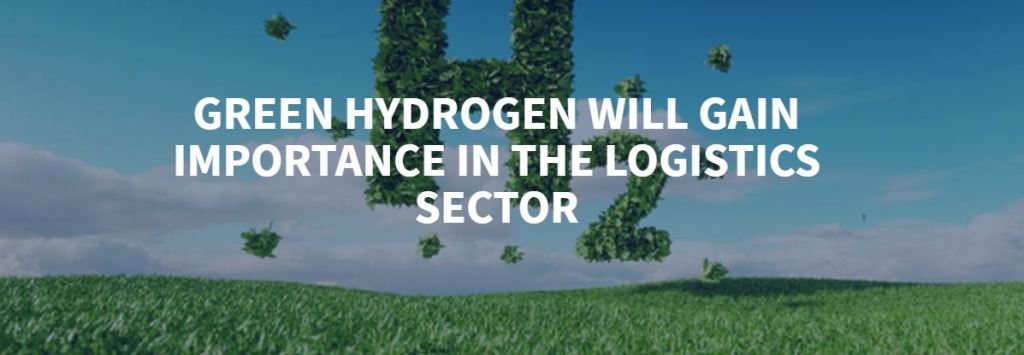There are many challenges considering the actual pandemic situation including the production limitation of vaccines, tests, and other PPE (Personal Protective Equipment), but without a good development of logistics, they could not reach the final users, specially when rural health inequities exist.
For this reason, the drone delivery service “Zipline” in partnership with the Government of Ghana, have started an air distribution of vaccines to the most remote areas where other types of transportation would take longer and imply more costs. In addition, UPS (logistics company) had been providing critical ground transportation of the vaccines and in conjunction with Zipline, have placed nests (bases for the drones to launch and land) in strategic zones to distribute vaccines across Ghana. It is also noted that this company had already experienced in the topic when it provided support for the distribution of COVID-19 tests.

The process of the delivery by drone consists on the drone arriving to the health facility or a specific out of reach vaccination centre, and instead of landing, it will lower its altitude to be able to release the package, in this the vaccine, from the air. The package will then parachute to the ground and land in a three-metre-wide area approximately.
The link from below is a video on how this system works and that was taken in Rwanda in 2016, when Zipline was also assisting in the critical healthcare access initiatives.
https://www.forbes.com/video/4885618798001/
As seen in other companies such as the partnership of Merck (pharmaceutical company) and Volansi (drone technology) whose purpose was to create an efficient delivery of routine medications, this would not be the first-time using drones for medical purposes. Some of the reasons regarding their use lay on the fact that drones will make distribution of medications and vaccines in rural areas more equity that how they currently operate and could also mean a cost-saving mean of transport (between 20 to 50% under a wide range of conditions and depending on the size of population served, the radius, quality of roads).
Even though the idea of distributing vaccines by drones sounds promising and interesting and give a possible solution for the always complex logistical challenge, there are still many requirements to take into account if considering this option. As vaccines can be delicate to transport and may require special storage (ultra-cold storage), there are still some technological and regulatory hurdles than need to be improved.
It is for sure an alternative with many advantages for the health industry and that can produce a positive impact on the vaccine logistics by reaching more people.
From: Forbes – Drones Are Now Being Used To Deliver Covid-19 Vaccines https://www.forbes.com/sites/saibala/2021/03/06/drones-are-now-being-used-to-deliver-covid-19-vaccines/?sh=70633ca126dc
Transport Topics – Drones Could Help Bridge Divides for Vaccine Distribution https://www.ttnews.com/articles/drones-could-help-bridge-divides-vaccine-distribution



